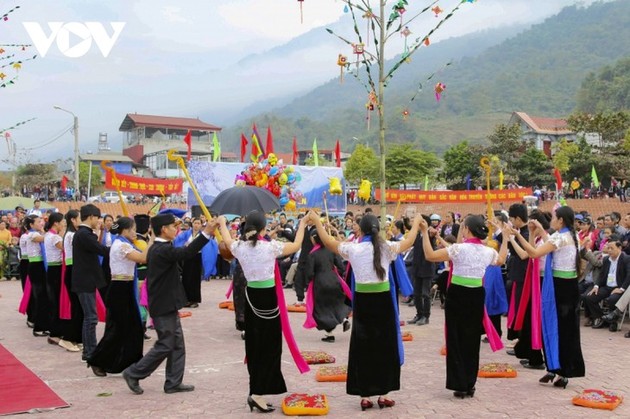
Xoe dance has become a symbol of Thai ethnic minority people's hospitality and an important cultural imprint of the community in the northwestern mountainous region.
|
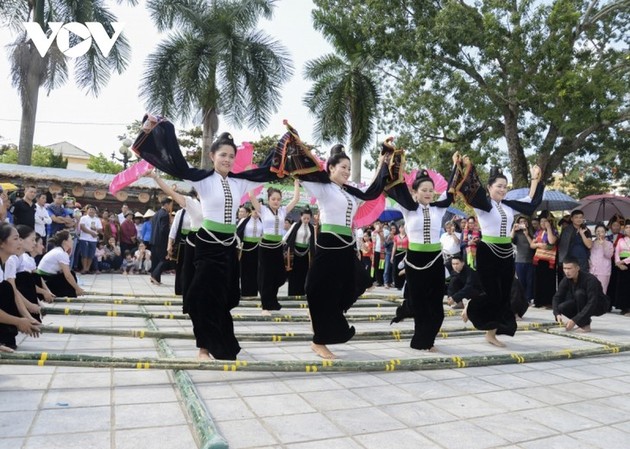
Xoe dance is performed in various community activities, at festivals and also in funeral rituals.
|
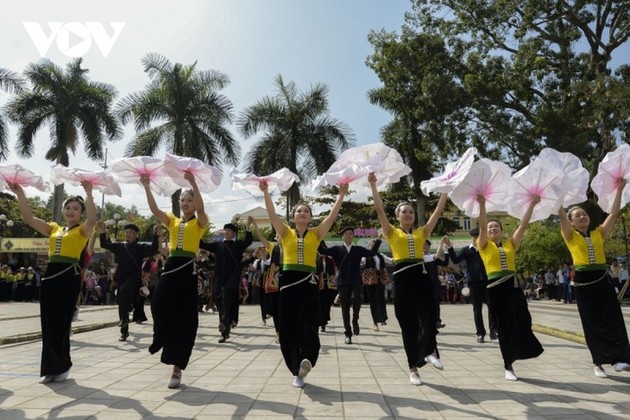
In 2016, Yen Bai, Lai Chau, Dien Bien, and Son La provinces began to build a national dossier on Xoe dance of the Thai ethnic people to submit for UNESCO recognition as an intangible heritage of humanity.
|
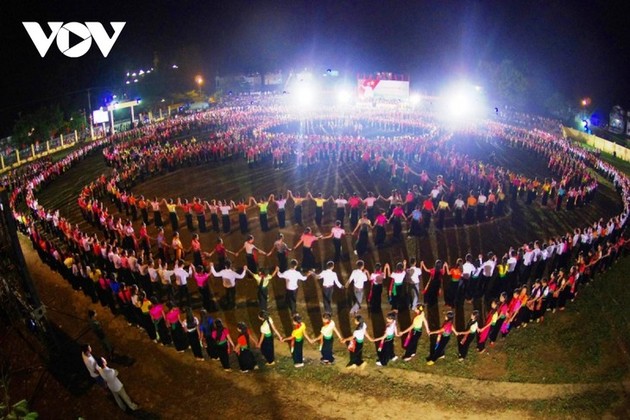
From 2016 to 2020, Yen Bai province completed the dossier. The province hosted an international seminar on Xoe dance in October 2019.
|
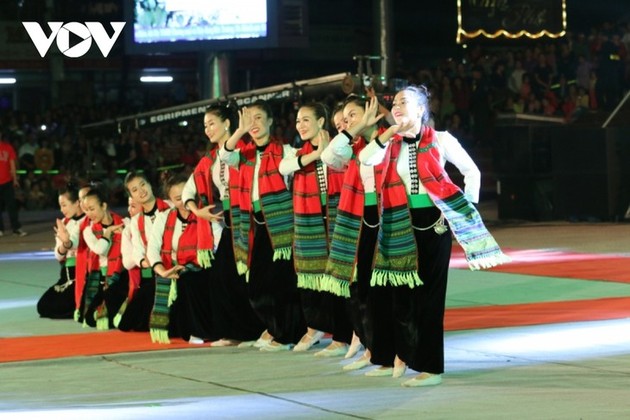
The art was officially recognised by UNESCO as an Intangible Cultural Heritage of Humanity on December 15, 2021 during the 16th session of the Intergovernmental Committee.
|
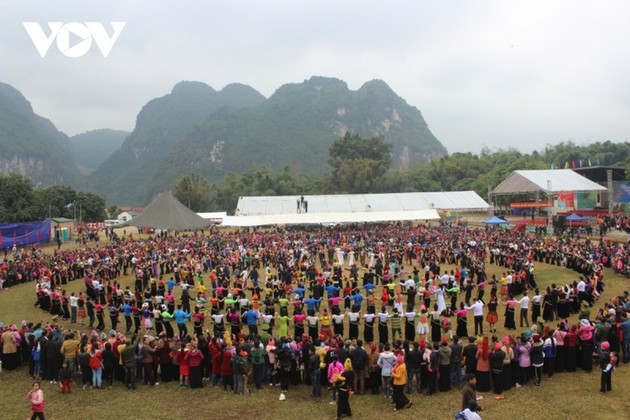
UNESCO commented: “The Xoe dance reflects the worldview and cosmology of the Thai people. It is performed on New Year’s Eve, during festivals, fun events, and festivals. Xoe Thai is suitable for everyone, regardless of age, gender, social status, occupation and ethnicity.”
|
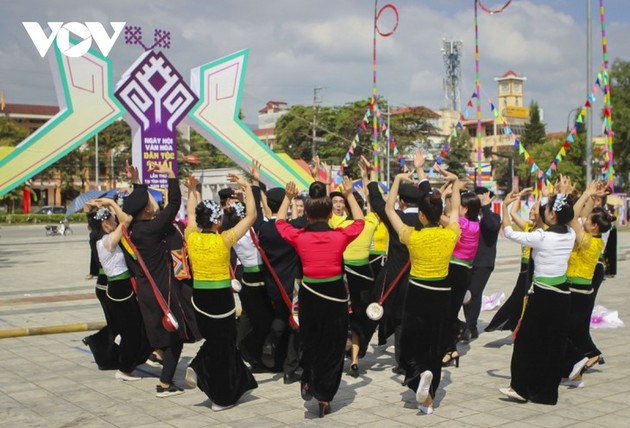
The ‘kham khen’ (holding hands) is a basic folklore dancing art of the Thai ethnic people, as it was created during the labor process at the dawn of humankind. After a successful hunt or cheering with family members, everyone holds hands together and dances around the fire. These are also the first basic movements for the development of other Xoe dances and folk dances alike.
|
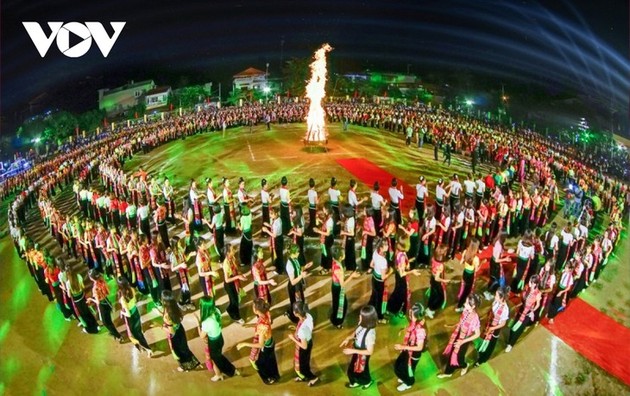
There are three main types of Xoe dance – ritual, circle and presentational. The most popular form is circle, wherein dancers form a circle and perform in harmony.
|
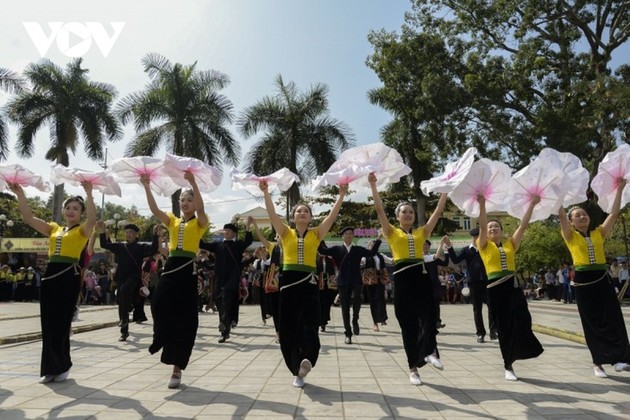
Xoe hoa (dance with flowers) prays for favorable weather, bumper crops, health, prosperity and happiness.
|
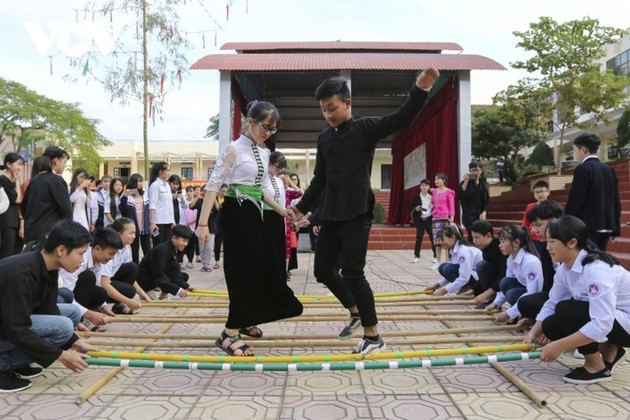
The art of Xoe Thai dance has been handed down to generations and community members, regardless of age or gender. The dance has become a symbol of hospitality, and a mark of ethnic culture, as well as an important cultural identity for the Thai ethnic people in north-western Vietnam.
|
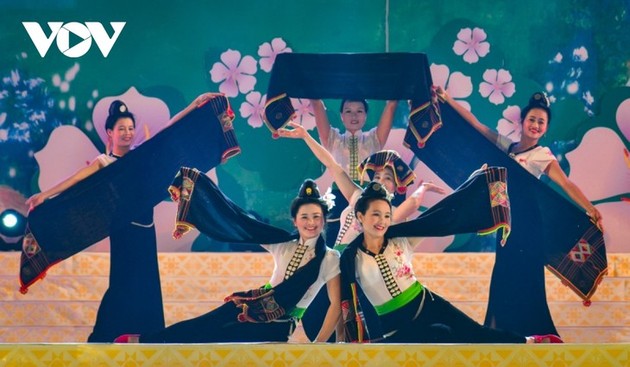
The most jubilant and bustling Xoe dance is the "nhom khan", also known as the tossing scarfs dance. Born with the development of cotton-weaving, "nhom khan" means expressing the joy of people about their labor results, and at the same time showing the ingenuity of young Thai girls' hands, with delicate patterns of traditional brocade weaving.
|
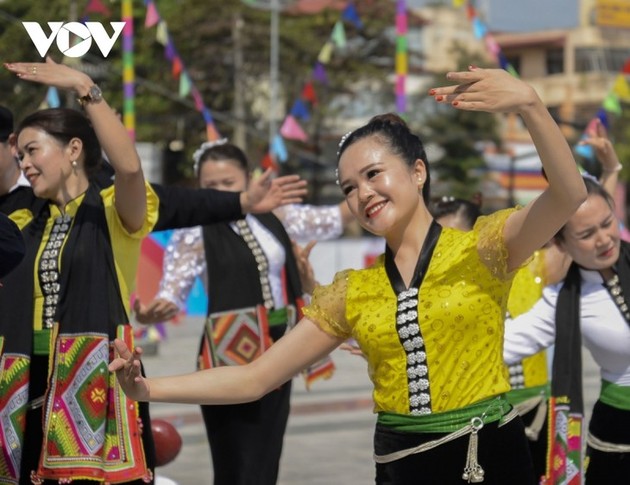
The most basic dance is "kham khan moi lau" - an invitation to neighbors to drink rice wine. This is a Xoe dance showing the culture in communication and behavior of the Thai ethnic group. According to them, any visitor to the house is welcomed very respectfully and sincerely.
|
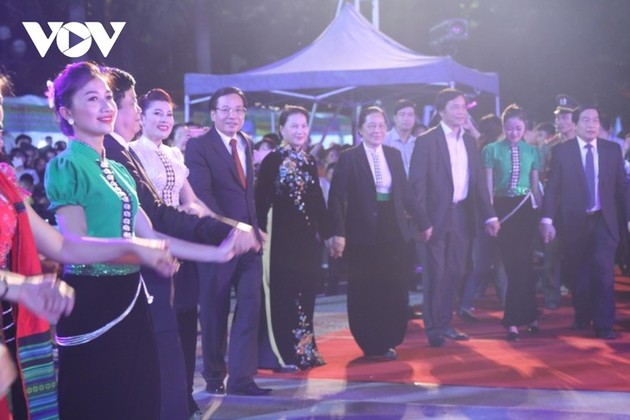
UNESCO's official accreditation of Xoe Thai on the list of "Intangible Cultural Heritage of Humanity" boasts great meaning and opportunity to preserve and promote the artistic value of this traditional and unique dance, as well as its contribution to affirming the diversity, values and identity of Vietnamese culture in the common cultural picture of mankind.
|